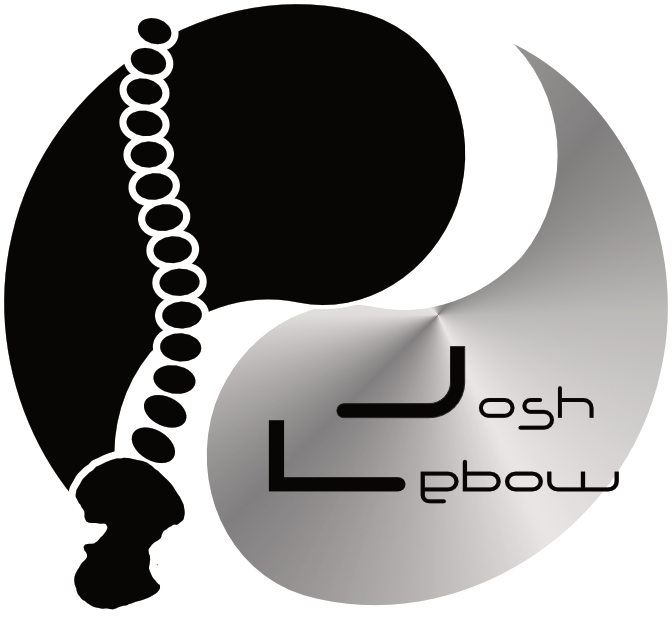Quick Postural Restoration
Imagine the car in front of you on the highway has 75lbs of pressure in the left tires, and 25lbs in the right tires. What does it look like? Where do you expect all the load in the car to shift toward? Which side gets the most work, wear, abuse?
Now understand, that inside your own body the architecture is not symmetrical. Organs on the left are different then organs on the right. The result is that more air is sent into the left lung, much more air, on a regular basis in almost all human beings. Working exactly like the car example, this keeps our left sides over inflated and our right sides overloaded. The pelvic, spinal, and ribcage positions all torque under this air pressure and the ‘twisted’ sense in our posture can almost always be explained by this pneumatic reality.
For fun, watch the people in front of you walking…notice how most use their left leg (over inflated left tire) like a walking stick to ‘push’ them back on the right side, which sustains all the weight and work.). Then, feel it in your own body, it’s quite obvious when you pay attention.
Modern life and ancient bodies are the quickest explication I can give in this brief moment for the phenomena… but trust that the internal asymmetry is a physiological design essential for all things that involve pumping and flow (air, fluid…) so trust it.
If you want the long, detailed, fascinating and amazingly enlightening explanation... ask me. I’m passionate about it, and love to teach people how to harness this reality on their own personal quests toward pain free health and performance.
If you can’t make use of me, The Postural Restoration Institute is an excellent reference for local help on a national level. PRI has pioneered the use of this asymmetrical reality in both manual therapy and self mobilization techniques that help you achieve balanced, functional symmetrical asymmetry (take a second to unwrap that one!)
The moral of this mini story is: Exhale out of your left rib cage as often as possible.
Here’s a little quick adjustment technique to both teach you the concept described above, as well as illustrate a simple solution to balance and control it. I guarantee it’ll change more muscle tension relationships in your body then you might initially realize. Good luck.
